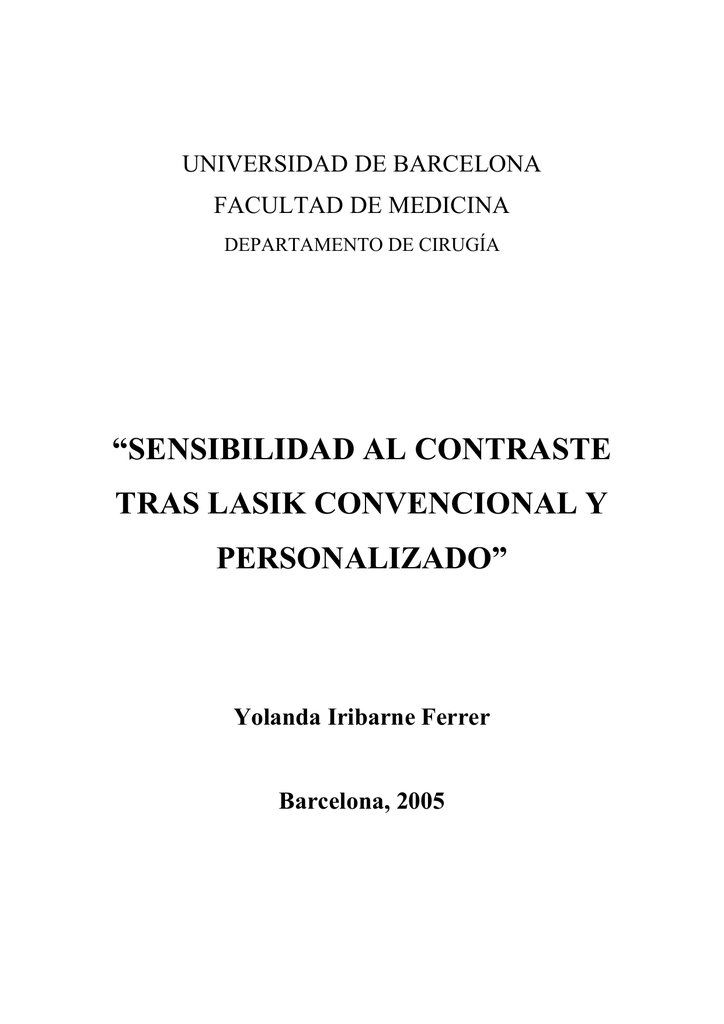

We performed a longitudinal, observational study of 61 patients (122 eyes) at the neuro-ophthalmology unit at Hospital Clínico Universitario Virgen de la Victoria (Málaga) between January 2010 and January 2016. The present study analyses alterations in visual function (visual acuity and contrast sensitivity) in patients with relapsing-remitting MS (RRMS) with and without history of ON over a follow-up period of 6 years. 7–9 However, few longitudinal studies have assessed visual function with contrast sensitivity tests or other techniques the extant studies include short follow-up periods. Numerous cross-sectional studies have analysed modifications of this test in patients with MS with and without history of optic neuritis (ON) and related the results with visual evoked potentials, quality of life, MS type, level of functional impairment, and retinal nerve fibre layer thickness. Pelli-Robson charts test contrast sensitivity and use a single letter size. Tests assessing low-contrast visual acuity (the Sloan test) and contrast sensitivity (the Pelli-Robson test) identify visual dysfunction not detectable in high-contrast tests in patients with MS.

Traditional visual acuity tests (the Snellen test, the Early Treatment Diabetic Retinography Study ) assess high-contrast visual acuity. 2 Given the prevalence of this symptom and the negative impact of vision loss on quality of life, visual function is one of the parameters analysed in the majority of clinical trials on MS. Visual impairment is one of the most significant causes of disability in patients with multiple sclerosis (MS), 1 with 80% of patients developing some degree of visual impairment during the progression of the disease. ConclusionesĮl test de Pelli-Robson monocular podría servir como marcador evolutivo del deterioro de la función visual en ojos con NO. La agudeza visual y la sensibilidad al contraste binocular al inicio y a los 6 años de seguimiento fueron significativamente inferiores en el grupo de pacientes con antecedentes de NO que en el grupo control (p = 0,003 y p = 0,002 p = 0,006 y p = 0,005) y con EM sin NO (p = 0,04 y p = 0,038 p = 0,008 y p = 0,01) sin embargo, no encontramos diferencias significativas en el seguimiento (p = 0,1 y p = 0,5). La sensibilidad al contraste monocular en pacientes con EM con y sin antecedentes de NO fue significativamente inferior al grupo control tanto al inicio (p = 0,00 y p = 0,01) como a los 6 años (p = 0,01 y p = 0,02), manteniéndose estable a lo largo del seguimiento excepto en el grupo de pacientes con NO en el cual existe una pérdida significativa de sensibilidad al contraste (p = 0,01). A todos los pacientes se les realizó una exploración oftalmológica que incluía agudeza visual y test de sensibilidad al contraste tipo Pelli-Robson mono y binocularmente, tanto al inicio como a los 6 años de seguimiento. MétodosĮstudio longitudinal de 61 pacientes clasificados en 3 grupos: a) pacientes libres de enfermedad (grupo control) b) pacientes con EM y sin antecedentes de neuritis óptica (NO), y c) pacientes con EM y antecedentes de NO unilateral. El objetivo de este estudio es analizar las modificaciones evolutivas de la función visual en pacientes con EM remitente-recurrente. Monocular Pelli-Robson contrast sensitivity test may be used to detect changes in visual function in patients with ON.Įl examen de la sensibilidad al contraste permite determinar la calidad de la función visual en pacientes con esclerosis múltiple (EM). However, no significant differences were found in follow-up results ( P =. 005) and the group with no history of ON ( P =. Visual acuity and binocular contrast sensitivity at baseline and at 6 years was significantly lower in the group of patients with a history of ON than in the control group ( P =. Patients with MS and no history of ON remained stable throughout follow-up whereas those with a history of ON displayed a significant loss of contrast sensitivity ( P =. Monocular contrast sensitivity was significantly lower in MS patients with and without a history of ON than in controls both at baseline ( P =. All patients underwent baseline and 6-year follow-up ophthalmologic examinations, which included visual acuity and monocular and binocular Pelli-Robson contrast sensitivity tests. We conducted a longitudinal study including 61 patients classified into 3 groups as follows: (a) disease-free patients (control group) (b) patients with MS and no history of ON and (c) patients with MS and a history of unilateral ON.

The purpose of this study is to analyse changes in visual function in patients with relapsing-remitting MS with and without a history of optic neuritis (ON). The contrast sensitivity test determines the quality of visual function in patients with multiple sclerosis (MS).


 0 kommentar(er)
0 kommentar(er)
